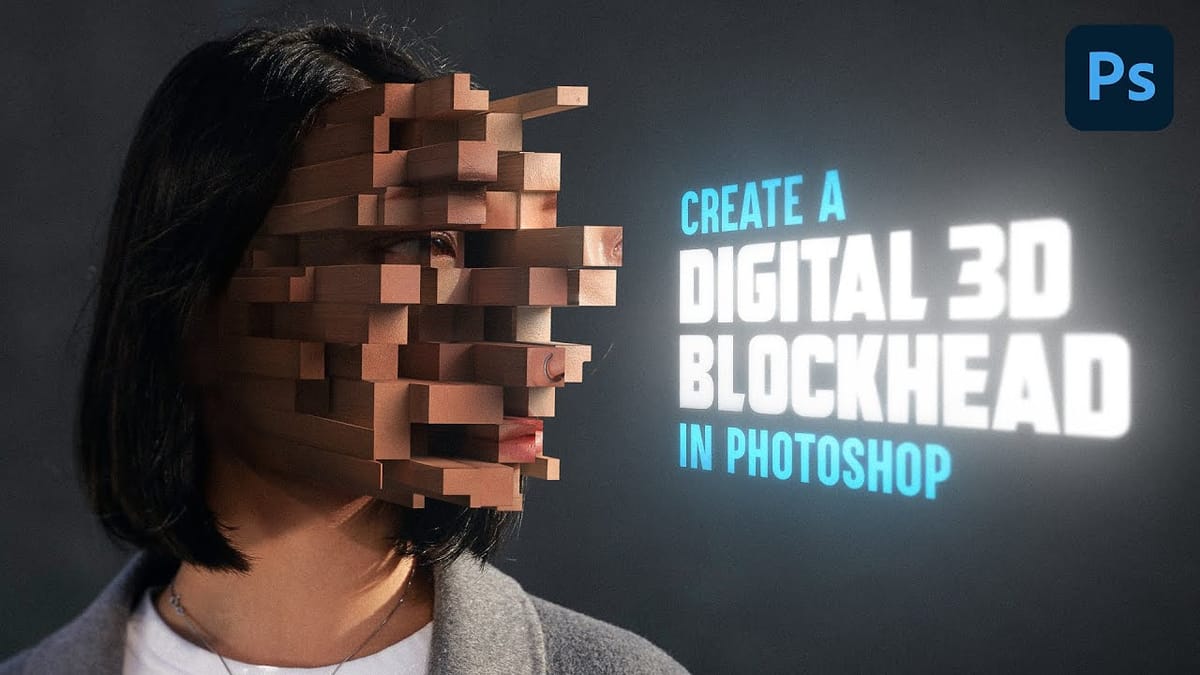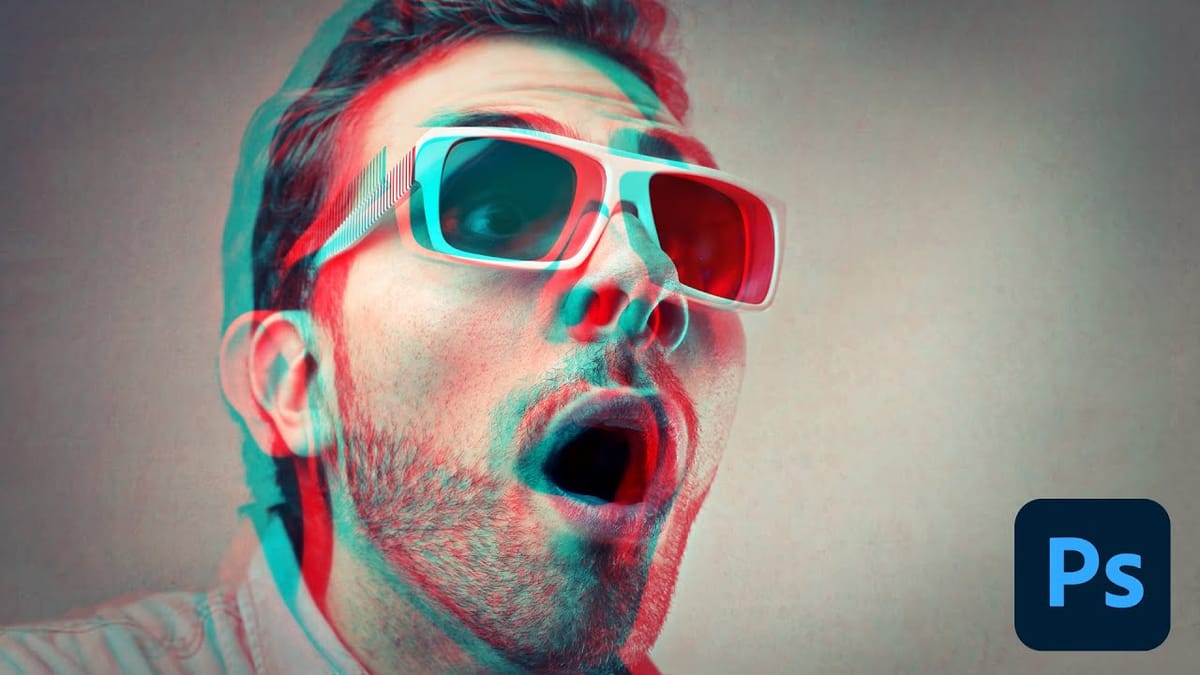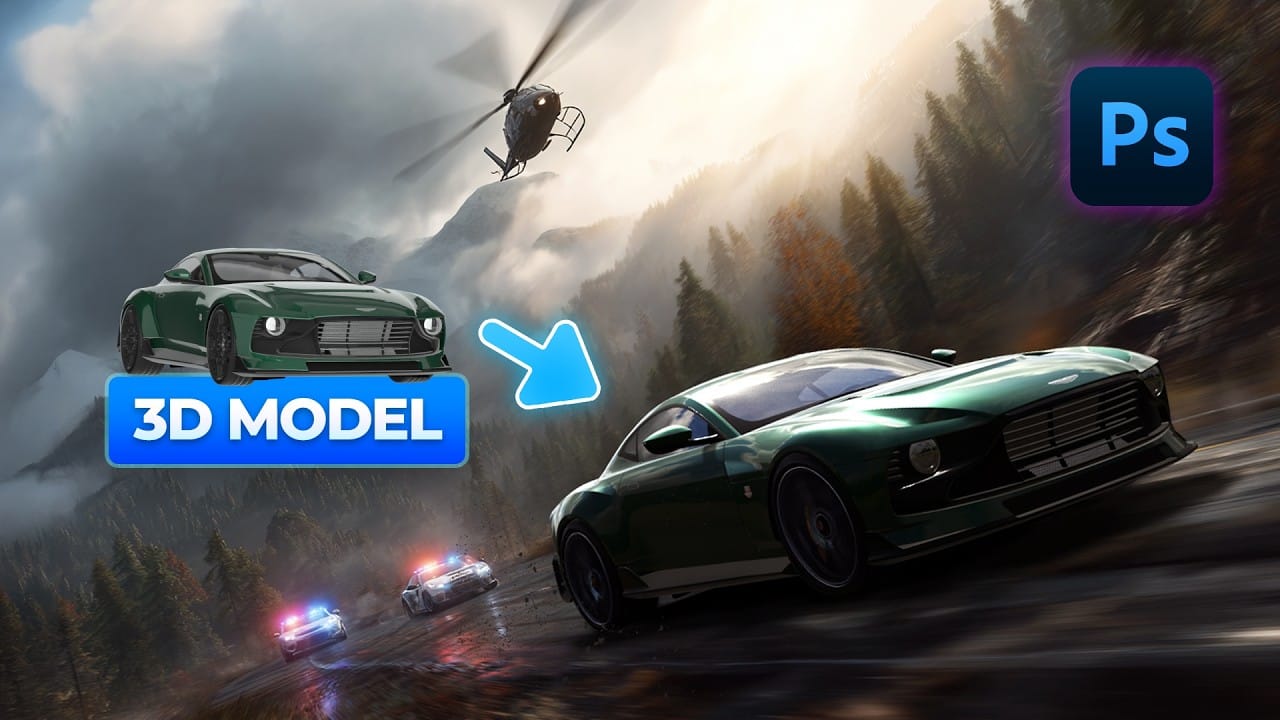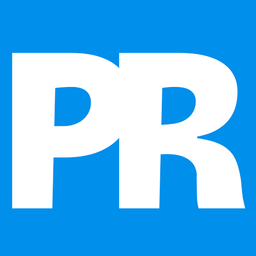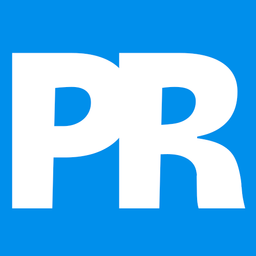Adding 3D objects to photos often results in fake-looking composites that scream "digital manipulation." The biggest challenge isn't importing the 3D model—it's making the lighting, shadows, and perspective match seamlessly with your background image.
This tutorial demonstrates how to use Photoshop Beta and Substance 3D Beta to create convincing 3D composites. You'll learn essential techniques for matching lighting direction, positioning objects accurately, and applying realistic shadows that integrate naturally with your scene.
Watch the Tutorial
Any links or downloads mentioned by the creator are available only on YouTube
The Evolution of 3D Integration in Digital Art
Traditional 3D rendering required expensive software and extensive technical knowledge. Modern tools like Substance 3D Viewer have democratized this process by providing intuitive controls and preset lighting environments that automatically handle complex calculations.
The key breakthrough is real-time preview capabilities. Artists can now see how lighting changes affect their 3D objects instantly, making it easier to match the lighting conditions of background images. This immediate feedback loop has transformed 3D compositing from a technical exercise into a creative process.
Professional compositors emphasize that successful 3D integration depends more on observation skills than technical prowess. Understanding how light behaves in your reference image—identifying shadow directions, highlight intensity, and ambient lighting—determines whether your composite looks believable or artificial.
Practical Tips for 3D Object Integration
- Download
GLBfiles from Sketchfab instead of other formats, as they include pre-applied textures and reduce setup time significantly - Use the rotation controls in Substance 3D Viewer when orbit controls don't provide enough precision for matching perspective angles
- Enable the ground plane option to automatically generate realistic shadows, but disable it if you prefer manual shadow control in Photoshop
- Apply
Camera Raw filterto the final merged composition for unified color grading rather than adjusting individual layers separately - Add radial blur to wheels and rotating elements to suggest motion, even in static scenes
Related Articles and Tutorials about 3D in Photoshop
Explore more techniques for creating dimensional effects and realistic composites.

